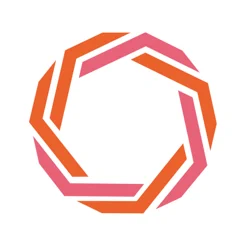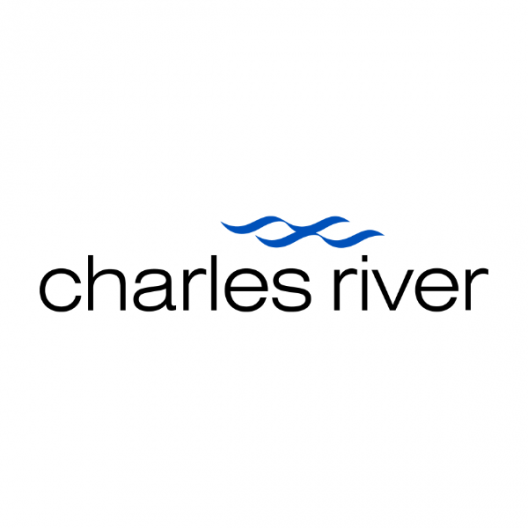
Asian & Pacific Islander Spotlight: Saluting Scientists
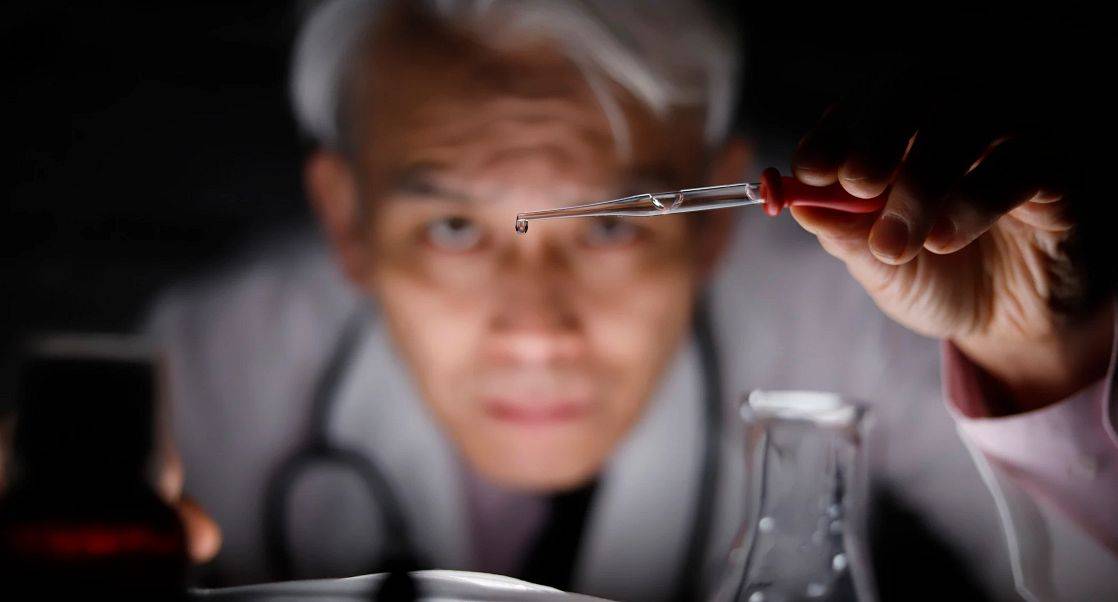
Pioneering AIDS scientist
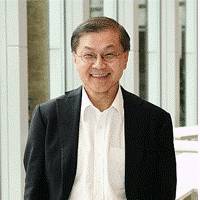
Taiwanese-American David Da-i Ho, MD was a young
internist at Cedars-Sinai Medical Center in 1981 when he came in contact with
otherwise healthy patients afflicted with an unusual pattern of symptoms
typically seen in the immune-compromised population. Like a handful of other
clinicians around the US, Ho was looking at the first known cases of HIV/AIDS,
an outbreak that would quickly grow into one of the worst pandemics in human
history. Dr. Ho, who had graduated with honors from Cal-Tech, and received a
medical degree from Harvard, suddenly knew what his life’s work would be and
set out to better understand both the virology and pathogenesis of HIV, the
virus that causes AIDS. Under his leadership at the Aaron Diamond AIDS
Research Center in New York, his lab figured out how HIV replicated in humans
and developed the theory that if you treated AIDS patients with a steady
cocktail of antiviral drugs—what became known as highly active antiretroviral
therapy or HAART—you could bring down the level of virus in a patient’s blood
to undetectable levels. This approach changed the dynamic of the pandemic
almost overnight and turned what was once a near death sentence into a chronic
but manageable condition with daily doses of oral drugs. In 1996, Time magazine
chose Dr. Ho as its “Man of the Year,” for “giving hope to millions in the
daunting fight against AIDS.” He has remained focused on finding a cure
or vaccine for AIDS, and last year also turned his attention to a different
pandemic virus, SARS-CoV-2. You can learn more about Dr. Ho here and here.
First Asian Indian Woman in Space
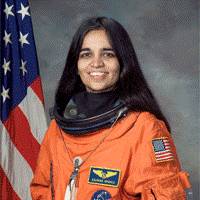
As a child growing up in India, Kalpana Chawla, PhD was
fascinated with airplanes. Born in the tiny village of Karnal, north of New
Delhi, Dr. Chawla—nicknamed Montoo—was determined to fly, and fly she did, on
two NASA Space Shuttle missions, the second one, unfortunately, ending in
tragedy. Dr. Chawla was one of seven crew members who died aboard the
Space Shuttle Columbia in 2003 after it crashed while re-entering following a
14-day scientific mission. Dr. Chawla’s first mission aboard Columbia, in 1997,
encountered unexpected challenges when the robotic arm she was operating to
deploy a 3,000-pound satellite malfunctioned, necessitating a spacewalk by two
other astronauts to capture it. The work she and her six crew members carried
out on the 2003 Shuttle mission was significant; more than 80 experiments were
completed including a camera instrument studying the impact of dust storms on
climate and two instruments built to measure levels of ozone at different
altitudes. Much of the data from these experiments were transmitted to NASA
during the mission, enabling their shuttle experiments to outlive them. Dr.
Chawla’s academic pursuits began in 1976 when, over the objections of her
father, she left home to attend the Punjab Engineering College in India. Six years
later, she headed to the University of Texas in Arlington, where she studied
aeronautical engineering and also met her future husband, flight instructor
Jean-Pierre Harrison She earned a PhD in aerospace engineering from the
University of Colorado. Throughout her career, Dr. Chawla never forgot her
roots. In space, along with her science projects, she carried mementos from her
elementary school in Karnal, and 20 CDs from Indian musicians. You can find
more about Dr. Chawla here.
A Nobel Prize for Trapping Atoms
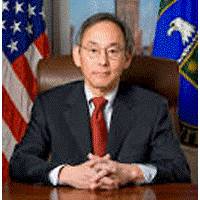
All matter is made up of atoms and molecules that
are constantly moving. But in a vacuum, and under the right conditions,
free atoms can be slowed down to speeds of less than one mile an hour, allowing
a close examination of their nature and properties. Physicist Steven Chu,
PhD, earned a Nobel Prize in Physics in 1997 for developing such a system while
he was at the former Bell Laboratories in Holmdel, NJ. Working with colleagues
at Bell Labs, Chu focused a battery of very bright laser beams to achieve
cooling and slowing of atoms in 1985. Magnet traps were then added to give the
atoms more stability. The Nobel Committee noted that Dr. Chu’s research greatly
increased scientific understanding of the relationship between radiation and
matter and opened the door to the design of more precise atomic clocks. Later
Dr. Chu turned his attention to addressing one of the existential threats of
our time, climate change. Dr. Chu led President Obama’s Department of Energy
for four years, overseeing an ambitious agenda to invest in clean energy and
reduce US dependence on foreign oil. Prior to that, he directed
the Department of Energy's Lawrence Berkeley National Lab, where he led
the lab in pursuit of alternative and renewable energy technologies. Dr. Chu
comes from a family of scientists. His parents, immigrants from China, are
scientists as are his brother and cousins. Dr. Chu said he considered himself
the black sheep of the family, in part because his grades, unlike his brothers,
were not good enough for the Ivy Leagues. In the end, it was Dr. Chu who earned
the fame. You can learn more about Dr. Chu here.
Internationally-Known Ethnobotanist
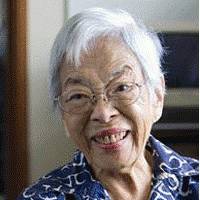
When she was a little girl in the 1920s, Isabella
Abbott, PhD, used to venture out with her mother to learn about edible Hawaiian
seaweeds and the value and diversity of native plants. These inspirational
lessons fed a lifelong curiosity in ethnobotany, and a research career studying
algae that spanned more than five decades. Today, Dr. Abbott is considered one
of the world’s foremost experts on Pacific algae, authored eight books and
discovered 200 species of algae. Dr. Abbott, christened Isabella Kauakea Yau
Yung Aiona, was born on Maui in 1919. Her mother was native Hawaiian and her
father from China. By the age of 31 she had a PhD in botany from the University
of California at Berkeley and became the first Native Hawaiian woman to earn a
doctoral degree in the field of science. She married zoologist Donald Putnam Abbott,
a fellow UC-Berkeley and University of Hawaii grad, and the couple moved to
Pacific Grove, California where her husband got a job with Stanford’s Hopkins
Marine Station. Women were rarely considered for academic posts then, so Dr.
Abbott spent her time studying California algae and adapted recipes to use the
local bull kelp in cakes and pickles. She eventually did join the Stanford
faculty—the first woman named to the biological sciences department—and in
1972 was promoted to a full professor. Both she and her husband retired in 1982
and returned to Hawaii, where Dr. Abbott began another career as ethnobotanist,
studying the interaction between plants and humans for the University of
Hawaii. You can learn more about Dr. Abbott here.

